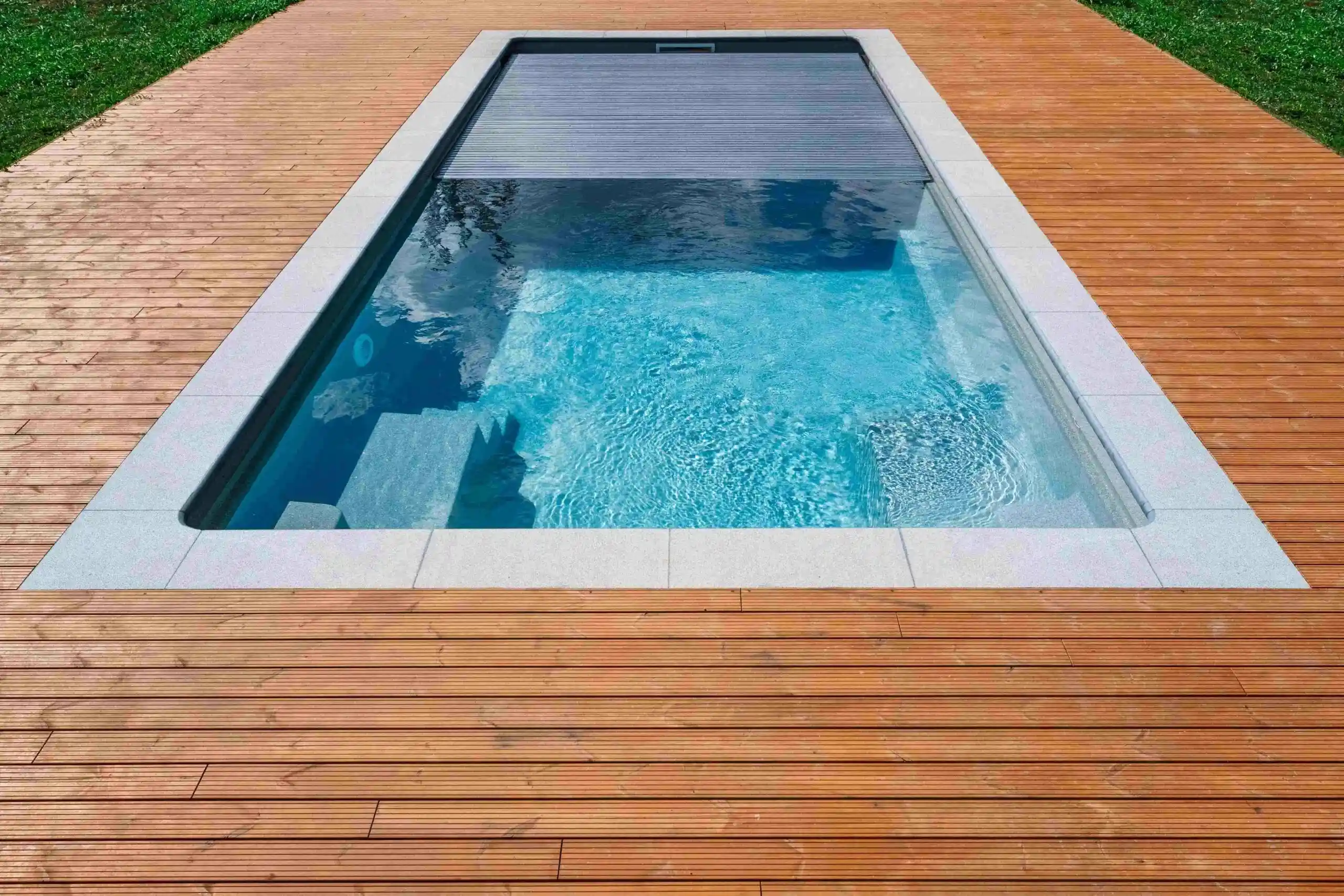
Hayward Salt Cell Simplifies Inground Pool Care
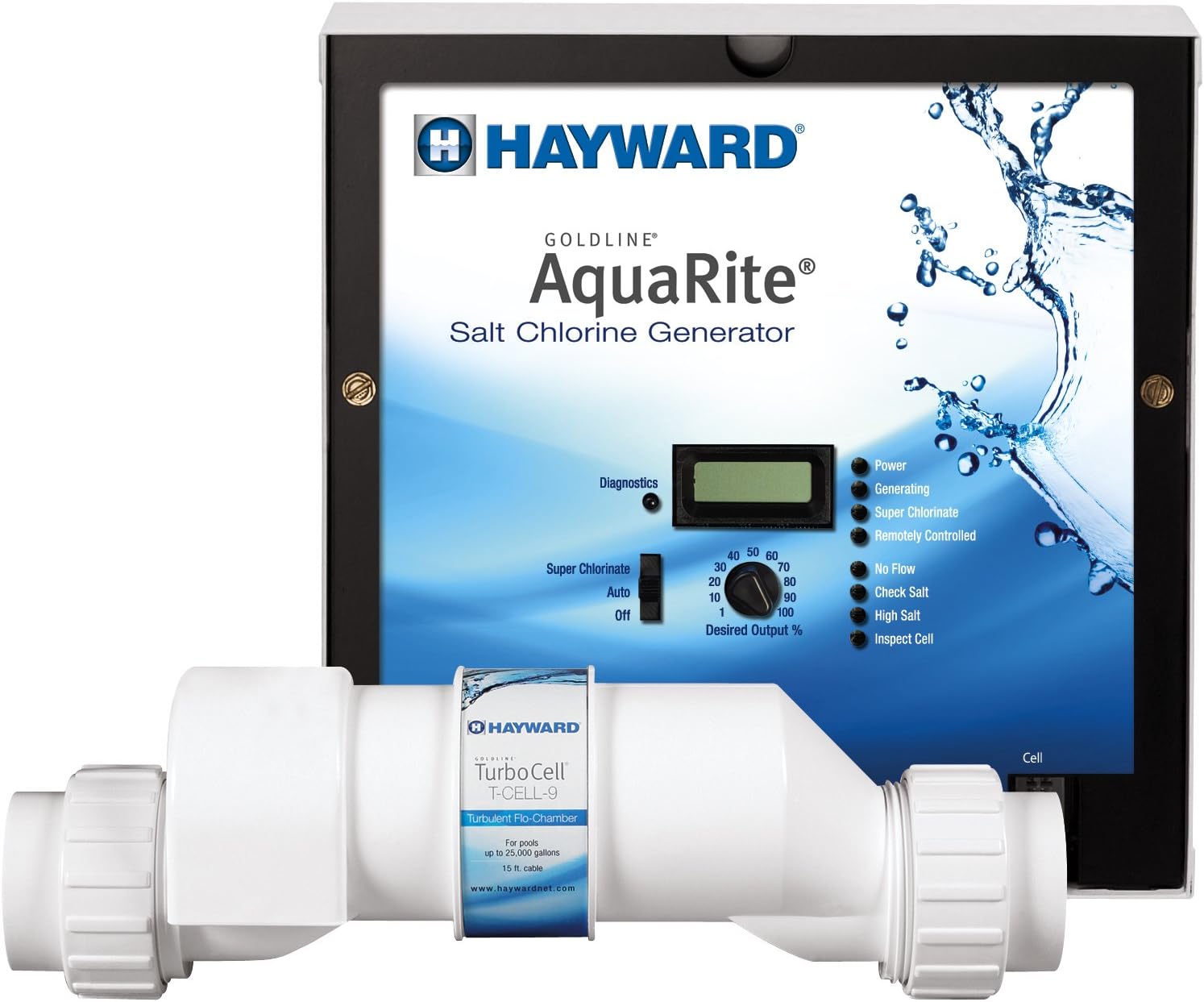
In the world of inground pool maintenance, the Hayward Salt Cell has emerged as a game-changer. This innovative system has significantly simplified the way pool owners handle the crucial task of pool chlorination, merging efficiency with ease of use. As a pool owner, understanding the mechanics and benefits of the Hayward Salt Cell system can greatly enhance your pool maintenance experience.
The Essence of Hayward Salt Cell Technology
At its core, the Hayward Salt Cell is a salt chlorination system designed for inground pools. The principle behind this technology is simple yet ingenious. The system takes salt (sodium chloride) and, through a process called electrolysis, converts it into chlorine. This chlorine then sanitizes the pool, keeping it clean and safe for swimmers. What sets the Hayward Salt Cell apart is its ability to automate this process, thereby maintaining consistent chlorine levels without the need for manual chlorine addition.
Latest

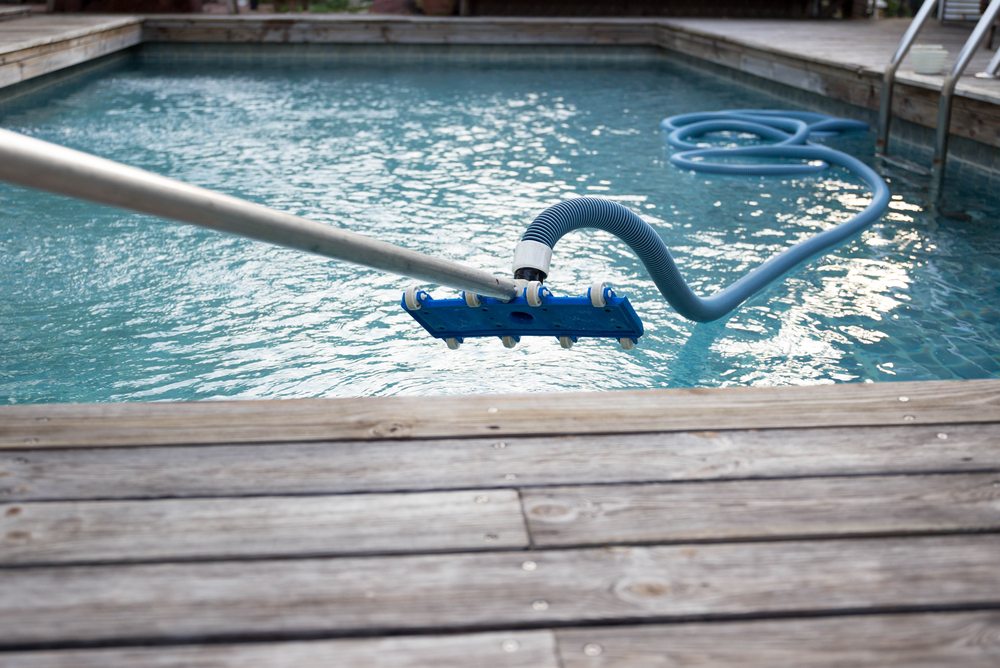
Keeping Your Pool Pristine with Quality Inground Pool Equipment

Shopping for an Inground Swimming Pool in Virginia? Start Here
Categories
Why Choose Hayward Salt Cell?
- Health and Comfort: The traditional method of pool chlorination often involves the handling and storage of commercial chlorine, which can be harsh on skin and eyes. The chlorine produced by this Salt Cell, however, is milder. It provides a comfortable swimming experience, reducing the incidences of irritated skin and eyes often associated with traditionally chlorinated pools.
- Cost-Effectiveness: While the initial setup cost for this system might be higher than standard chlorination methods, it pays off in the long run. The system’s ability to convert salt into chlorine reduces the need to purchase, store, and handle chemical chlorine. This not only cuts down on the recurring costs of pool chemicals but also saves time and effort in pool maintenance.
- Ease of Maintenance: The Hayward Salt Cell is designed for convenience. Its automated system requires minimal intervention. Once installed, it consistently monitors and adjusts the chlorine levels in your pool. This automation ensures that your pool remains consistently sanitized, reducing the likelihood of algae growth and other common pool problems that arise from imbalanced chlorine levels.
As we delve deeper into the workings of the Hayward Salt Cell, it becomes clear why this system has become a favorite among inground pool owners. Its user-friendly interface, combined with efficient performance, makes pool maintenance less of a chore and more of a seamless part of home management.
In the following sections, we will explore the installation process, maintenance tips, and troubleshooting common issues with the Hayward Salt Cell, providing you with comprehensive insights to make an informed decision for your pool maintenance needs.
Installation and Maintenance
The installation of a Hayward Salt Cell system is a straightforward process, often handled by professionals to ensure optimal functionality. However, understanding the basics of its installation and maintenance is beneficial for any pool owner.
Installation Insights
- Compatibility Check: Before installation, it’s important to ensure that your pool’s system is compatible with a salt chlorination system. The Hayward Salt Cell is versatile and can be integrated into most inground pool systems with ease.
- Professional Installation: While it’s possible for a DIY enthusiast to undertake the installation, it’s generally recommended to have it done by a professional. This ensures that the system is set up correctly, calibrated to your pool’s specific needs, and functioning optimally from the start.
- Strategic Placement: The salt cell is typically installed into the pool’s circulation system, after the filter and heater (if present). This placement is crucial for efficient chlorination and to prevent potential damage to the pool equipment.
Maintenance Made Easy
Maintaining a Hayward Salt Cell system is notably less labor-intensive than traditional chlorine-based systems. Regular checks and a few simple maintenance steps can keep the system running smoothly.
- Salt Level Monitoring: The key to the system’s efficiency is the salt level in the pool. It’s important to regularly check and maintain the recommended salt level for optimal chlorine generation.
- Cell Cleaning: Over time, the salt cell can develop calcium buildup, which can hinder its performance. Regular inspection and cleaning, as per the manufacturer’s guidelines, will prolong the life of the cell and maintain its efficiency.
- System Check-ups: Although automated, it’s good practice to periodically check the system’s control panel to ensure it is functioning correctly. Look out for any error messages or indicators that might signal the need for professional attention.
Troubleshooting Common Issues
Even with its advanced technology, the Hayward Salt Cell system can encounter issues. Here are some common problems and their potential solutions:
- Low Chlorine Output: This can be caused by low salt levels, incorrect pool pH, or temperature variations. Check and adjust the salt level and pH, and consider the pool’s temperature while assessing chlorine output.
- Calcium Buildup: Regular cleaning of the cell as per the manufacturer’s instructions can prevent calcium buildup, a common issue in salt cells.
- System Warnings or Errors: The Hayward Salt Cell system’s control panel will display warnings or errors if there are issues. Consulting the manual or a professional for these specific codes can lead to quick resolutions.
The Hayward Salt Cell system represents a blend of innovative technology and user-friendly design, making it a valuable asset for inground pool maintenance.
Environmental Impact and Cost-Benefit Analysis
In the current era, where environmental considerations are paramount, the Hayward Salt Cell system stands out for its eco-friendly attributes. Understanding these, along with the cost implications, can help pool owners make a well-informed decision.
Eco-Friendly Chlorination
- Reduced Chemical Use: The system significantly reduces the need for manufactured chlorine, decreasing the environmental burden associated with producing and transporting pool chemicals.
- Gentler on the Ecosystem: The chlorine generated is milder and breaks down into simple salt over time, posing less risk to the surrounding ecosystem compared to traditional chlorine.
Long-Term Savings
While the initial investment in a Hayward Salt Cell system can be higher than traditional chlorination methods, the long-term savings are considerable.
- Lower Chemical Costs: The ongoing expense of buying chlorine is virtually eliminated, as the salt cell uses common salt to generate chlorine.
- Reduced Maintenance Costs: The automation and efficiency of the system reduce the need for frequent professional pool maintenance services.
A Smart Choice for Pool Owners
The Hayward Salt Cell system emerges as a smart choice for inground pool owners seeking an efficient, cost-effective, and environmentally friendly pool maintenance solution. By automating the chlorination process, it not only simplifies pool upkeep but also enhances the swimming experience through gentler, more natural water quality.
Key Takeaways
- User-Friendly: With automated control and easy maintenance, the system is accessible even to those new to pool ownership.
- Cost-Effective: The reduction in chemical costs and maintenance expenses makes it a financially sound investment in the long run.
- Environmentally Conscious: Embracing a greener approach to pool sanitation, it aligns well with the growing trend of eco-friendly home management.
Conclusion
In conclusion, the Hayward Salt Cell offers a harmonious blend of technology, convenience, and sustainability. For pool owners navigating the myriad of pool maintenance options, it represents a forward-thinking choice that delivers both immediate and long-term benefits.
Latest
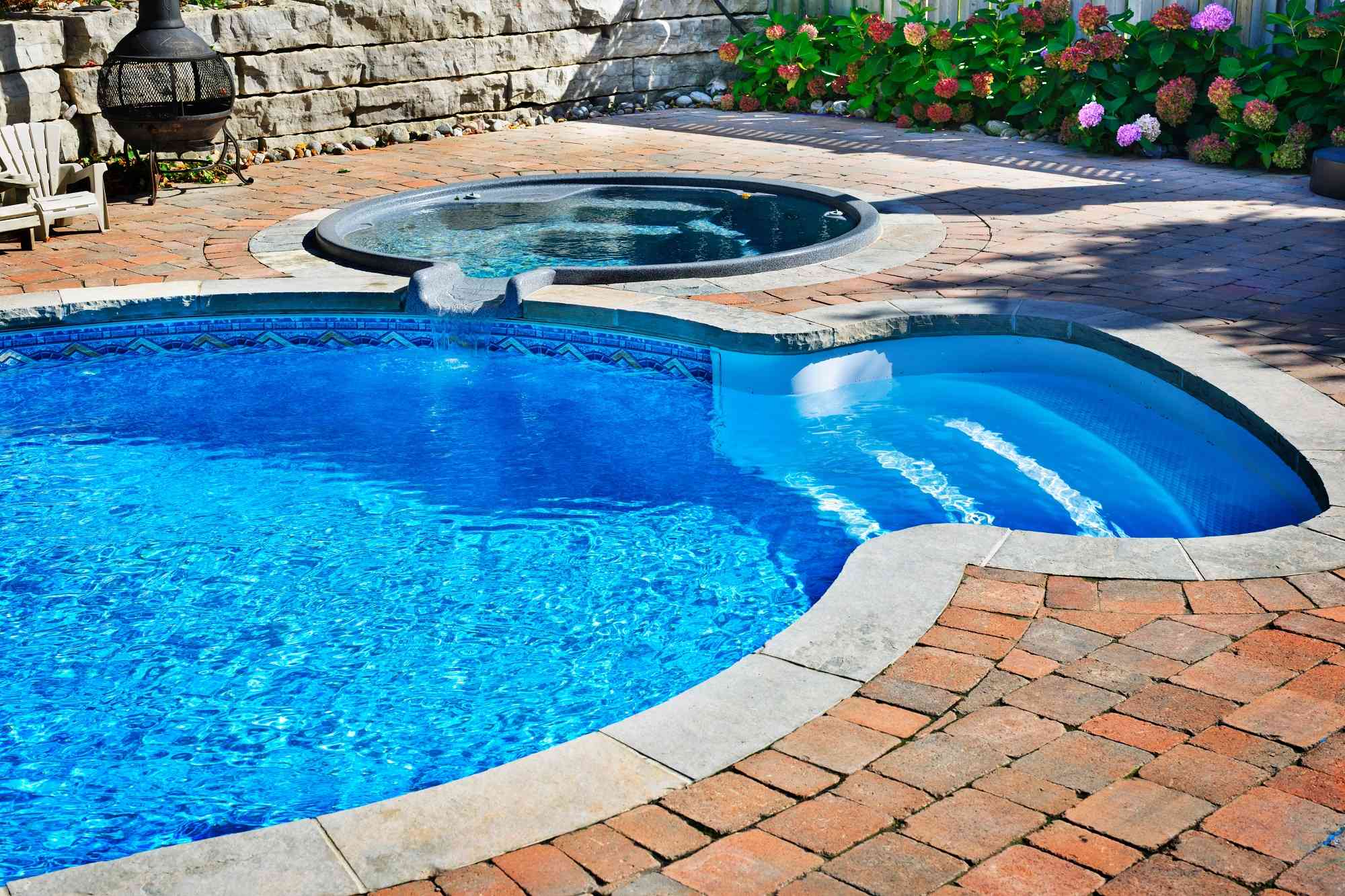
How Swimming Pool Steps Enhance A Homeowner’s Backyard
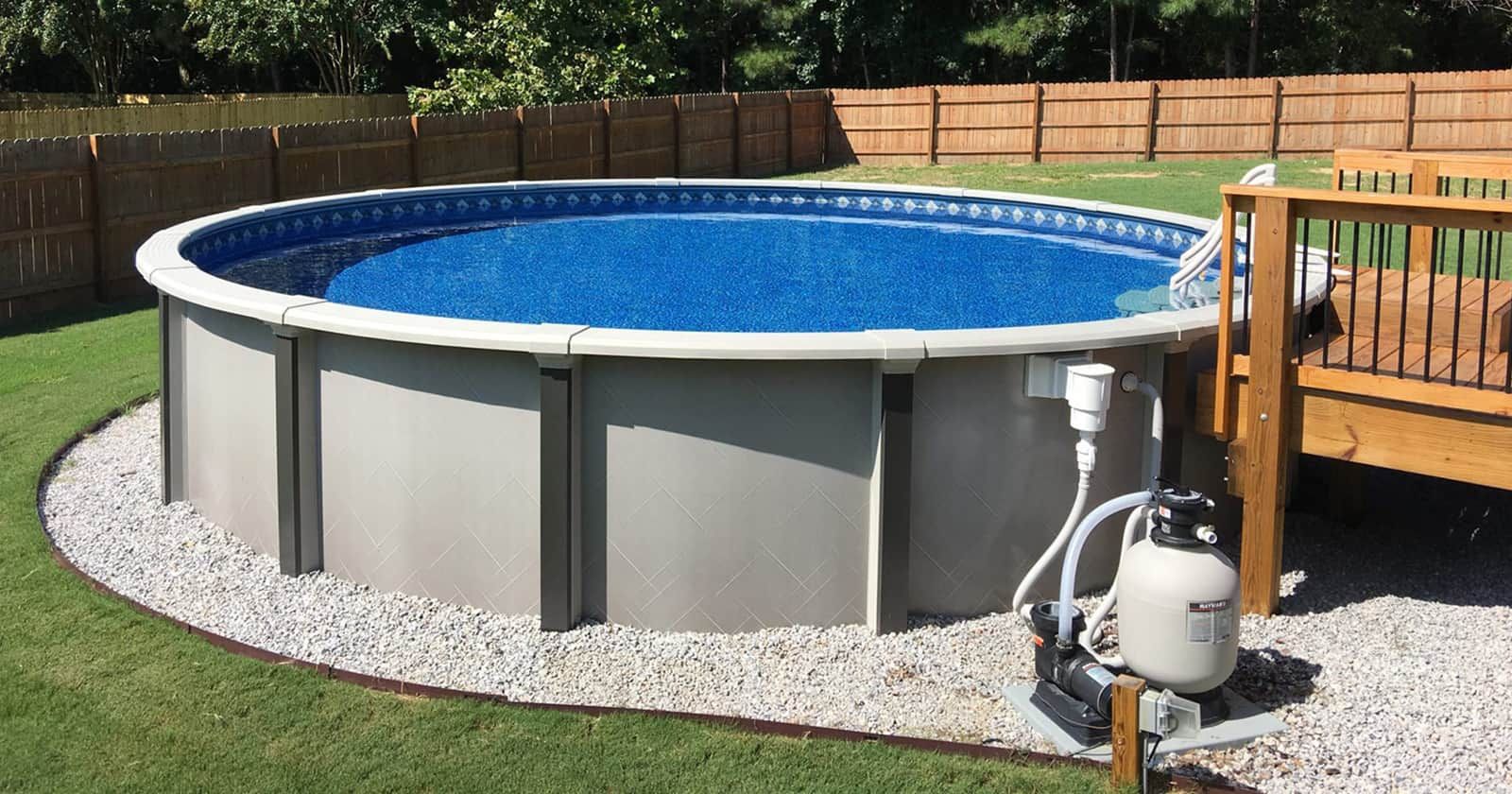
A Guide to Above Ground Pool Heaters in Virginia
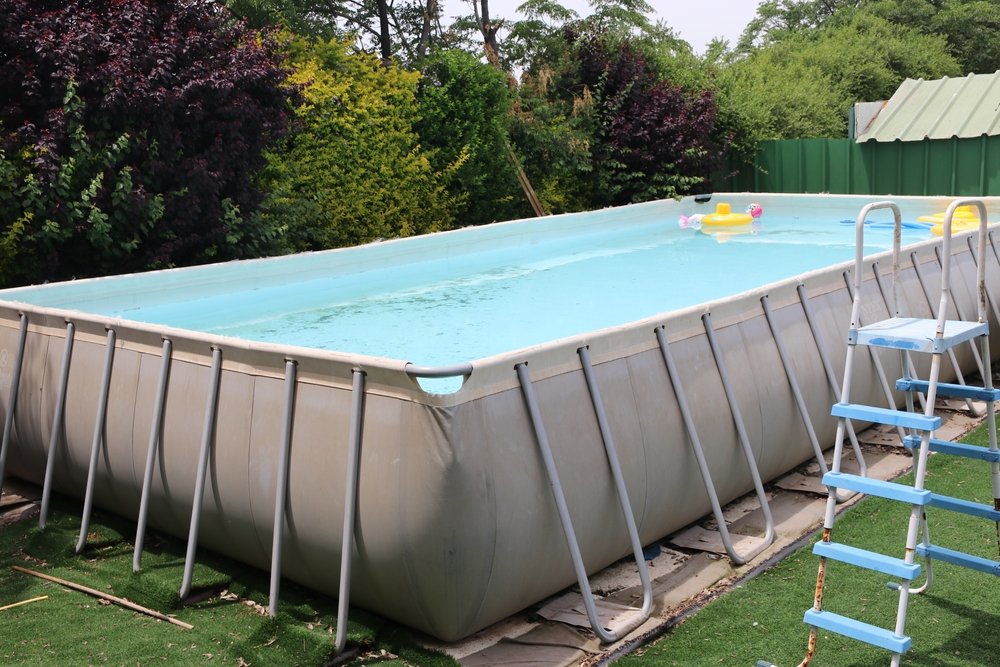
Above Ground Pool Ladder Selection Made Easy
Categories
YOU'RE NOT IN THIS ALONE
We are with you every splash of the way
Need a pool fix or looking for an upgrade? We’re just one click away to help with all your pool needs.

